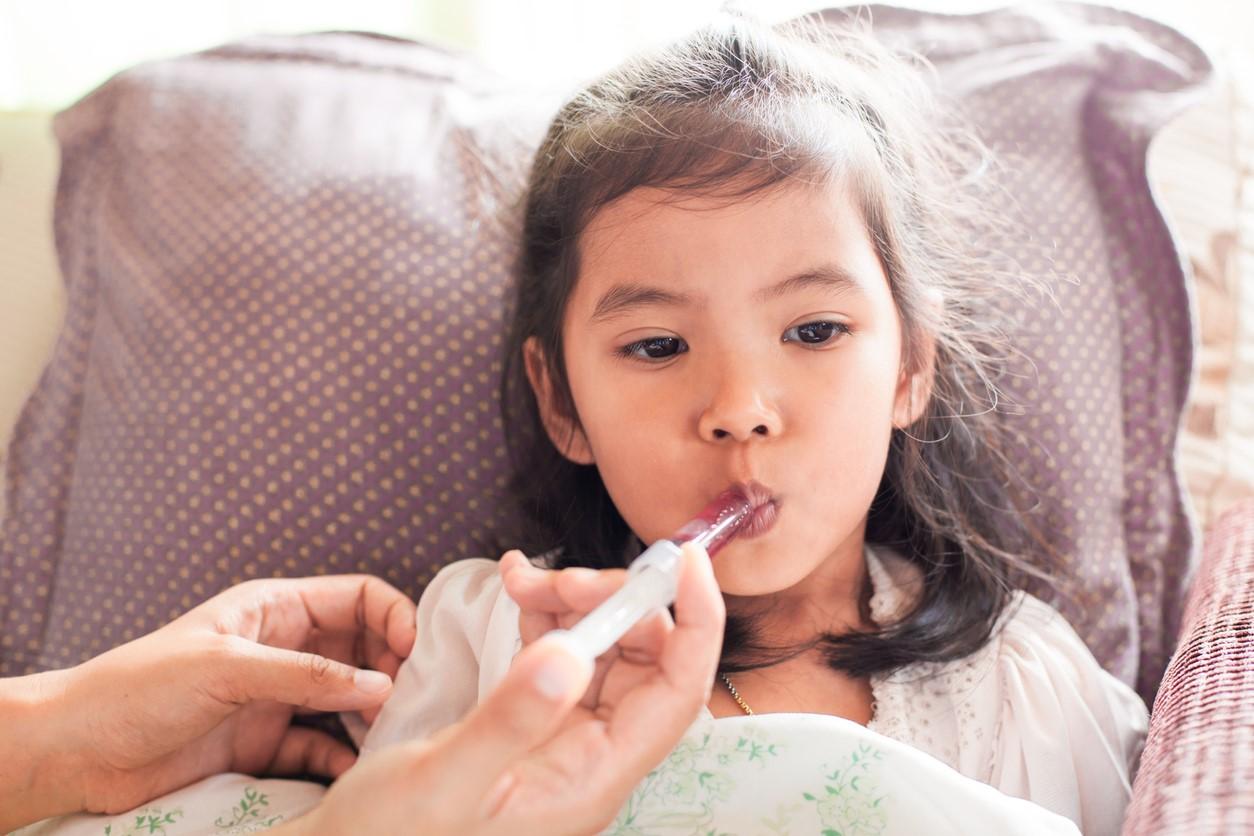A shortage of the antibiotic amoxicillin, which has affected countries around the world since early summer, is now complicating patient care in the United States.
Amoxicillin is commonly prescribed for children to treat bacterial infections such as those affecting the ear and throat, and shortages can have far-reaching implications for physicians, pharmacists, and healthcare systems, especially in the outpatient setting, George Udeani, PharmD, clinical professor and department head of pharmacy practice at the Texas A&M Irma Rangel School of Pharmacy, told CIDRAP News.
"In the outpatient and community practice settings, physicians write prescriptions for patients who fill these prescriptions at any of the thousands of pharmacies across the country, some via mail-order services," he said. "When drug shortages occur in these settings, pharmacists typically contact the physicians for alternative recommendations, sometimes resulting in delayed care, particularly in children with infections, such as otitis media [ear infection]."
Although amoxicillin-clavulanate and cefuroxime are good available alternatives to amoxicillin for pediatric bacterial infections, Udeani said, "there is concern antibiotic shortages could lead to antimicrobial resistance, as physicians may have to resort to less optimal agents to treat their patients."
The shortage comes alongside as an unprecedented, early surge in demand for pediatric hospital beds for respiratory illness in young children, likely because young children weren't exposed to many viruses during the COVID-19 pandemic.
Although the bulk of those hospitalizations appear to be for respiratory syncytial virus (RSV), flu, and enterovirus, which are not treatable with antibiotics, some providers may presumptively treat respiratory infections with an antibiotic first.
Lack of availability has also been reported in Ireland, Malaysia, Romania, and Australia, where a government database lists the reasons as "manufacturing" and "unexpected increase in consumer demand." This summer, Canada reported a 3-month shortage of injectable amoxicillin.
Health systems conserving doses
The US Centers for Disease Control and Prevention lists amoxicillin as first-line therapy for conditions such as bacterial pneumonia and ear, sinus, and throat infections in children. While amoxicillin capsules and tablets of different dosages are in low supply, most (at least 19) of the affected products are liquid forms usually used in children.
The dearth came to light in the United States on Oct 17, when CVS said that some Massachusetts pharmacies had been "experiencing an isolated product shortage." The lack has prompted at least one East Coast children's hospital to publish a treatment algorithm for use during the shortage.
So far, the pharmacies at Children's Minnesota in Minneapolis have been able to manage the amoxicillin shortage, although supplies are low, according to a statement from frontline staff shared by Public Relations/External Communications Manager Dina Elrashidy.
"To contain the situation, we did have to submit a special request for increased allocations from our primary wholesaler and had to connect with other sources to secure additional inventory," the statement said. "We also sent out systemwide communication asking all providers to prescribe alternative antibiotics when appropriate."
"As a final step, we temporarily discontinued our standard procedure of dispensing the entire bottle of amoxicillin (which comes in multiple sizes). We are instead mixing and pouring the exact amount for each course of therapy, to eliminate waste."
The health system said that it is monitoring the situation very closely, "because the current amoxicillin shortage combined with the ongoing respiratory surge could lead to additional shortages of other antibiotics. Currently, there is no projected end-date for the current shortage, which is also impacting other pharmacies throughout the community."
'A uniquely difficult situation'
According to the American Society of Health System Pharmacists (ASHP), three of the four largest amoxicillin manufacturers are reporting amoxicillin scarcity as of Oct 25. The US Food and Drug Administration (FDA), as of today, hasn't listed an amoxicillin shortage in its drug shortage database, although it told Bloomberg that it is aware of "intermittent supply interruptions" and is working with manufacturers to remedy them.
UK-based Hikma Pharmaceuticals told ASHP that 14 amoxicillin products have already been allocated and that several preparations will expire in August 2023 or before. Teva, an Israeli company, said that its nine preparations are all on backorder, with estimated release dates from late October to early December. US-based Rising Pharma, which declared bankruptcy in 2019, reports having some capsules and tablets.
Hikma and Teva didn't explain the short supply to ASHP, and India-based Aurobindo refused to provide information on availability. Novartis-owned Sandoz, another large amoxicillin supplier, told Bloomberg that it lacks the drug in the United States and abroad because of "significant" demand.
"The combination in rapid succession of the pandemic impact and consequent demand swings, manufacturing capacity constraints, scarcity of raw materials, and the current energy crisis means we face a uniquely difficult situation in the short term," Sandoz spokesperson Leslie Pott told Bloomberg.
Udeani said that other issues are likely in play. "Amoxicillin is an inexpensive agent; a 7-day treatment course can be purchased for approximately $2.99 to $4," he said. "Thus, there is a minimal business incentive for pharmaceutical companies to allocate and invest resources for its production."
Antibiotic usage has also increased 46% around the world since 2000, Udeani said. "Amoxicillin is a drug that is in high demand globally, particularly in low-income countries, given its low costs," he said. "Unfortunately, this increased demand in global antibiotic consumption has not been met with increased supply. There are only a few countries, with China leading, that produce the active pharmaceutical ingredient for amoxicillin."
In addition, several Asian companies that produce either active pharmaceutical ingredients for amoxicillin or manufacture amoxicillin itself have faced regulatory sanctions for poor manufacturing standards by the European Medical Agency and the US Food and Drug Administration (FDA), which has affected supplies. "According to the American Society of Health-System Pharmacists, the Asian company Ranbaxy currently has an FDA import ban on amoxicillin tablets," Udeani said.
























